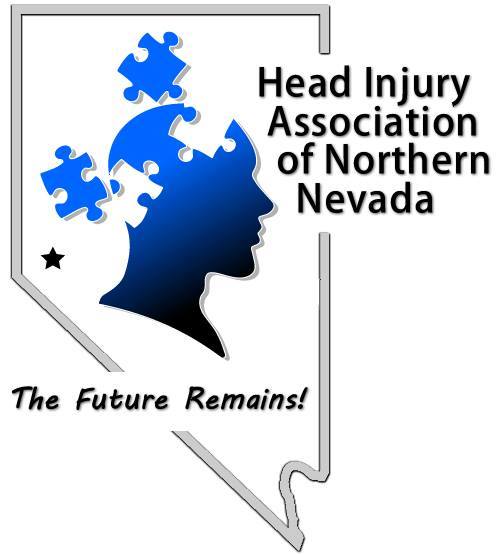Know the Signs of a Brain Aneurysm
Sometimes brain aneurysms strike without warning. However, there are factors that can increase your risk of developing one. Rolando Ania, MD, Division Chief of the Renown Institute for Neurosciences, demystifies this topic. Read on to learn the risks, warning signs and possible treatments.
It’s estimated that 1 in 50 people in the United States have an unruptured brain aneurysm. Although they are fairly common, most people don’t know much about them.
What is a brain aneurysm?
A brain aneurysm occurs when a blood vessel in the brain is abnormally wide and bulging. There are two types:
Ruptured. This type is more dangerous because it causes bleeding in the space around the brain.
Unruptured. A bulging, brain vessel that is still intact.
Are some people more likely to develop a bulging blood vessel?
“Yes. Patients that smoke, drink alcohol often, or suffer from high blood pressure are more prone to develop aneurysms. Also, those with family history of brain aneurysms are at higher risk for developing brain aneurysms,” explains Dr. Ania.
Are there ways to reduce the risk of developing this condition?
Although brain aneurysms sometimes happen to healthy people, having an unhealthy lifestyle can increase the risk. Dr. Ania tells us to follow “a healthy lifestyle with healthy diet and exercise.” A good rule of thumb to prevent brain aneurysms and other health problems is to avoid being overweight, smoking and drinking alcohol. If you have high blood pressure, it’s important to check and maintain control of it. Also follow up regularly with your primary care provider.
Related: Stroke Recovery and High Blood Pressure – Quick Care Matters
What are the symptoms of a brain aneurysm?
Dr. Ania points out headaches are the most common warning sign. Symptoms may also include ringing in the ears or a pulsating sensation on one side of your head. However, for many patients there are no warning signs.
What should I do if I suspect I have a brain aneurysm?
“If there is suspicion of a ruptured aneurysm (severe headache), the patient should be seen immediately in the emergency department,” stresses Dr. Ania. With this in mind, if you think you are experiencing one, do not attempt to drive to the emergency room. Instead, call an ambulance.
Is there a way to screen for them?
“Screening is not recommended for the general population,” clarifies Dr. Ania. “High risk patients may be screened, particularly those with a family history. Screening is done with either an MRA or a CT angiogram of the head. It is best to discuss and estimate risk by visiting your primary care provider.”
If your family has a history of brain aneurysms, be sure to tell your doctor.
What is the treatment for a brain aneurysm?
A small, bulging brain blood vessel often has no symptoms. Yearly monitoring with imaging is advised. Other suggestions include:
Avoid smoking and alcohol
Curb your weight
Control your blood pressure
